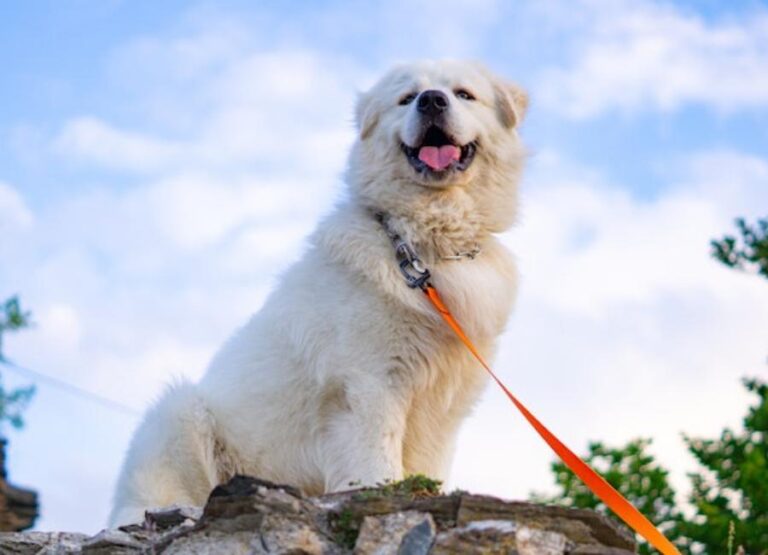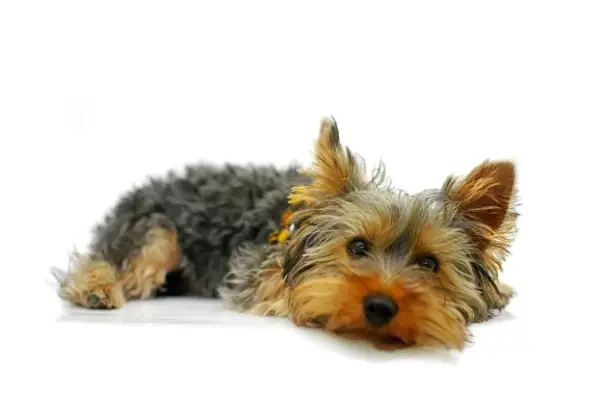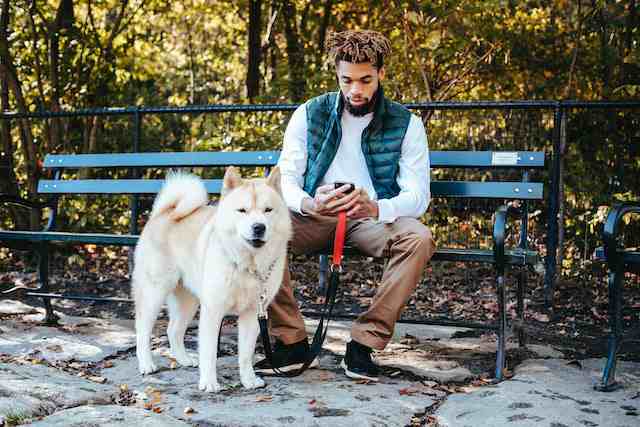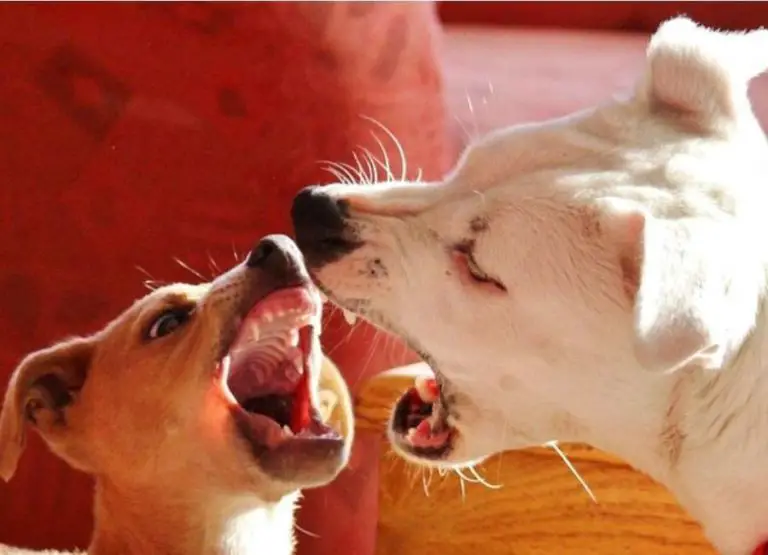Do Pugs Bite: 8 Bite Causes & Controls Tips
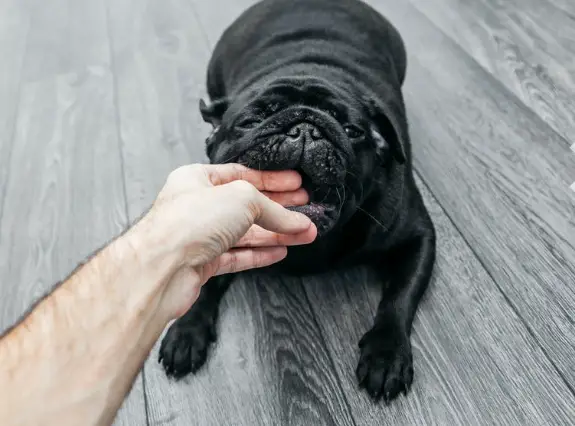
Every dog bites but for different reasons, some bite hurts more than others, so do pugs bite? Let’s find out more together!
I will outline the most common reasons why pugs may bite, I will also highlight how to control biting or avoid circumstances that could lead to biting.
If that interests you, continue reading, but first, let me answer your question do pugs bite…
Do Pugs Bite
Pugs can bite to defend themselves, as part of the teething process, poor socialization, and nipping out of excitement, however, they are known to be companion dogs who are extremely playful with children and other pets.
The most common type of bite you can see in pugs is an over-excitement bite, which can sometimes hurt but are not intentional.
They can also nip or bite a little due to play aggression which is seen in most dogs not just pugs.
Why do pugs bite so much
Here are some of the most common reasons why a pug may choose to bite unnecessarily or unintentionally:
Poor socialization is the root cause of many pug behavior concerns that can eventually lead to unnecessary biting.
A well-socialized pug understands that biting is not good because they learn that during socialization and training.
Most of the time pugs bite due to poor socialization it is normally linked to fear and defending themselves.
To prevent all forms of bites by pugs due to poor socialization, you must learn to expose and socialize your pug from the puppy stages.
2. Frustration or depression
This kind of bite hurts, dealing with a frustrated pug is very difficult and can cause stress for the owner.
There are a lot of things that can cause frustration and depression in pugs, and these include:
- Hunger
- Changing of meal time.
- Leaving your pug alone unattended for long.
- Changes in your daily routine.
- Emotional stress.
- Too many commands or signs.
- Injury
- Abuse from owner.
- Being ignored by loved ones, etc.
All these things can cause a pug to become aggressive which can finally result in unnecessary biting behavior.
3. Repeat of Traumatic event
If a pug has a bad traumatic experience either from a past owner or from a shelter home, it will definitely cause some sort of aggressiveness.
A continuous or one-time repeat of a traumatic event can cause unnecessary aggressive behaviors like the pug reacting with a bite.
One of the most common ways you punish your pug without realizing it is by starving him.
Another kind of abuse includes striking or throwing items at your pug, as well as yelling at him.
All of this will make your pug aggressive and unbalanced, which will lead to unnecessarily biting.
Luckily, traumatic experiences can be fixed with the help of your vet or animal behaviorist.
4. Teething process or stages
This type of biting is normally seen in pug puppies while they are growing up.
These puppy stages are actually the best time to teach pugs not to bite unnecessarily.
Bites during the teething process or stages may not hurt like a bite from an adult pug.
This type of bite can last until the teething stages are over even with normal don’t bite training.
5. Self defense
Pugs are little canines that are prone to fearing any object that appears bigger than them.
This can trigger off aggression when they are subjected to objects bigger than them and will eventually lead to unnecessary biting.
Naturally, pugs are not aggressive and are not known to bite unnecessarily like other dogs, but they can still bite to protect or defend themselves.
Every canine bites to defend themselves or their owners, the difference is that some bite more frequently than others.
6. Stress or separation anxiety
Biting, whining, and nipping are all common negative pug habits.
When a Pug is separated from its owner, it gets angry toward everyone and may bite unintentionally.
The fury generally lasts longer and is more violent, with biting occurring the bulk of the time.
Consult your veterinarian or get a second pet to keep your pug company to avoid separation anxiety.
Because stress may make a pug agitated and attack everyone in their presence, it’s vital to eliminate any sources of tension.
7. Pugs bite when startled
Pugs, like other small dogs, can bite if startled, especially if they’ve been resting, sleeping, or relaxing.
A scared pug may get disoriented and confused about where they are and what’s going on, biting as a result.
This is particularly common in older pugs, who may have weak eyesight or hearing and get bewildered if startled awake.
Always be careful not to wake a sleeping pug, and teach your children not to get into the beds of your pugs.
8. Pugs bite out of fear
One of the most prevalent reasons for pug bite is fear; if your pug feels threatened, he will bite.
Fear motivates pugs to engage in ineffective behaviors such as whining, barking, and biting aggression.
The majority of the time, a pug bites in response to aggression, fear, or threat, or when danger approaches.
Keep your pug away from anything that makes him afraid, or better yet, socialize him with his fear.
How to stop pugs from biting
Here are some common ways to avoid or train a pug not to bite:
1. Educate pug to accept hands towards his mouth
When you put your hands near your Pug’s mouth, you must educate them not to bite them.
To achieve this, give them a little reward and quickly take it from their mouth, but be cautious not to injure them if your pug is food motivated.
All of this is simply to guarantee that your pug understands that biting is never proper or desirable.
Allow your pug to take as many treats from your hands as he wants, then put them into his mouth.
2. Educate pug to ignore distractions
Under some conditions, dogs can become violent. You should educate your pug to ignore other dogs to avoid this.
Positive reinforcement is the most effective technique to do this. You give your pug a ‘reward’ and put him in ‘time out’ if he becomes defensive.
Only while you’re giving the dog his treat will he be forced to stay still and be secure.
You can educate your pug to keep walking if you use prizes to distract him and keep him interested.
3. Desensitize your pug
Potentially expose or desensitize your pug to loud noises or sounds, since they are one of the things that make pugs anxious.
These are mostly designed to educate your pug that loud noises aren’t a threat and that he or she should stay calm in the midst of them.
Try socializing or desensitizing your pug with the doorbell if he gets irritated when it rings.
For example, call the mailman and socialize him with your pug if your pug can’t tolerate seeing him.
Introduce your pug to everything that makes him anxious, so he can become used to it.
4. Put pugs on time out when they try to bite
Instead of giving your pug time-outs for biting you too hard only, start giving him time-outs whenever his teeth scrape against your skin.
As soon as your pug’s teeth brush against you, let out a high-pitched response. After that, take a step back from him. Ignore him for 30 to 60 seconds.
Gently place your pug in their kennel to allow them to cool down and avoid biting.
It’s crucial that your pug doesn’t associate the box with punishment, so maintain your composure. Once the pug has calmed down, you may let it out.
5. Socialize your pug
Pugs feel frustrated when they come into contact with objects that are larger than they are.
This is one of the most critical things to do if you want a calm and peaceful pug who won’t assault other animals.
Early socializing is essential for your pug to avoid later developing a number of undesirable habits.
Puppy classes, watching dog cartoon movies and TV shows, visiting dog parks, and taking daily walks are all popular ways to socialize your pug.
6. Avoid actions that triggers aggression
Pay attention to your pug and keep an eye out for situations that might become unpleasant.
If you can’t manage the surroundings or your pug’s behavior, you may have no choice but to put him out of the current circumstance before things get out of hand.
Training your pug not only ensures a pleasant life for him but also enhances how he interacts with his surroundings.
Give your pug basic training at the very least, and maintain your pug’s training throughout its life to reinforce the abilities you’ve taught it.
Instead of smacking or yelling at your pug, make the required adjustments when he or she strikes unnecessarily.
Remember…
If you don’t want to breed your pug, spaying or neutering him or her can help lessen the risk of biting.
Exercise and play with your pug on a regular basis to improve the human-animal bond and expend extra energy that would otherwise be channeled into neurotic energy.
Make an effort to socialize your pug by introducing him to a wide range of people and environments, but don’t overdo it.
With all the above information provided on this page, I strongly believe your question do pugs bite was answered!

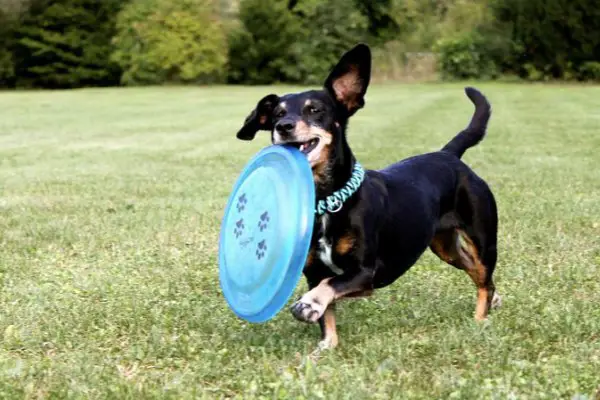
![Dog Possessive Of Owner With Other Dogs [Causes & Fixes] Dog Possessive Of Owner With Other Dogs](https://petcreeks.com/wp-content/uploads/2023/02/Dog-Possessive-Of-Owner-With-Other-Dogs-768x555.jpg)
